Environmental Science S1 Final- Renewable and Non-Renewable Energy Resource
1/13
There's no tags or description
Looks like no tags are added yet.
Name | Mastery | Learn | Test | Matching | Spaced |
|---|
No study sessions yet.
14 Terms

Petroleum
A non-renewable fossil fuel derived from ancient organic matter, primarily used for fuel and as a raw material in chemical production.
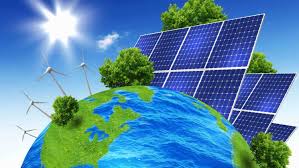
Solar
energy harnessed from sunlight.
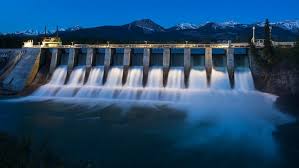
Hydroelectric
Energy generated from the movement of water, typically used for electricity production in dams.
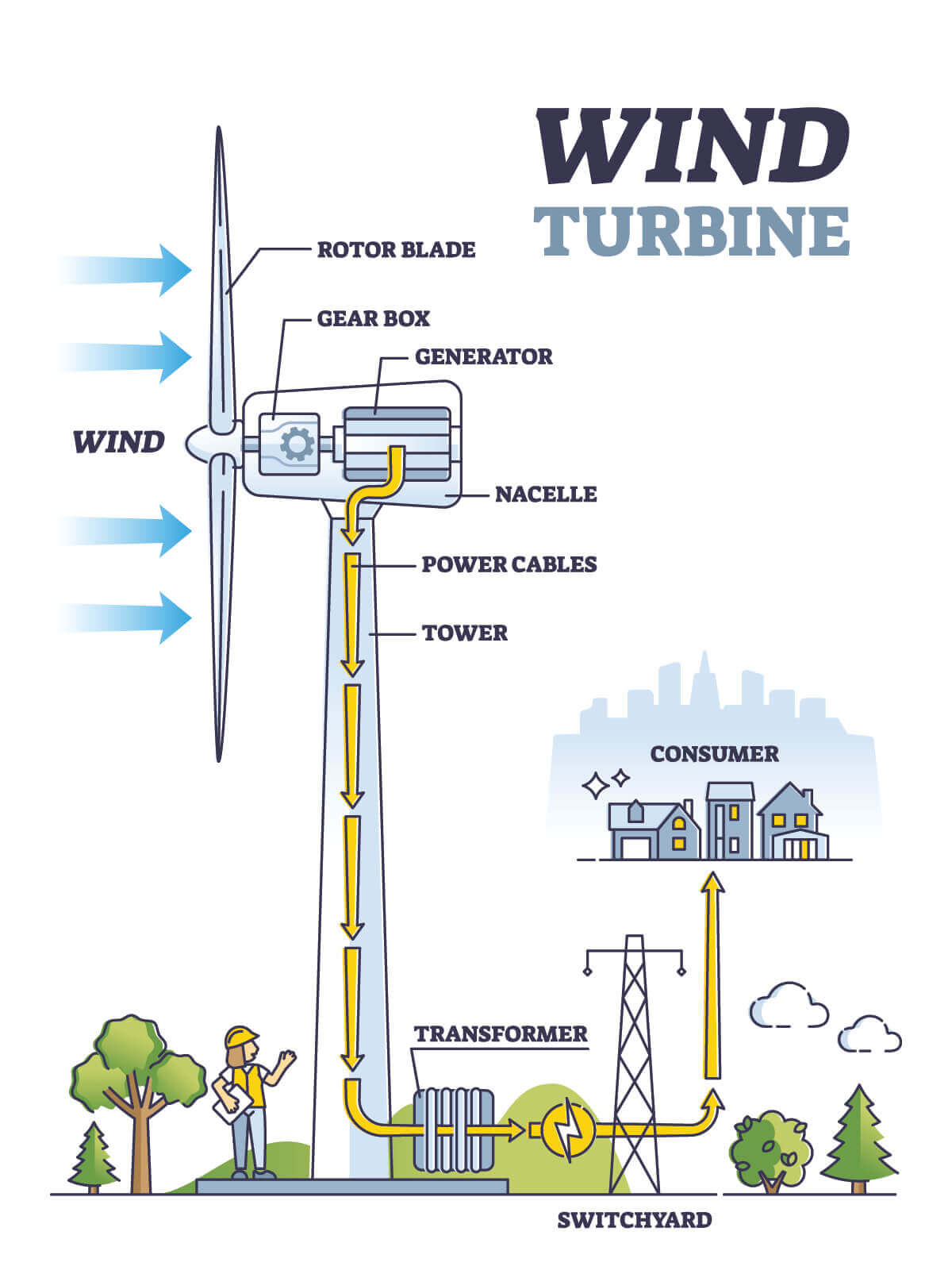
Wind
Energy generated from air flow, harnessed through turbines to produce electricity.
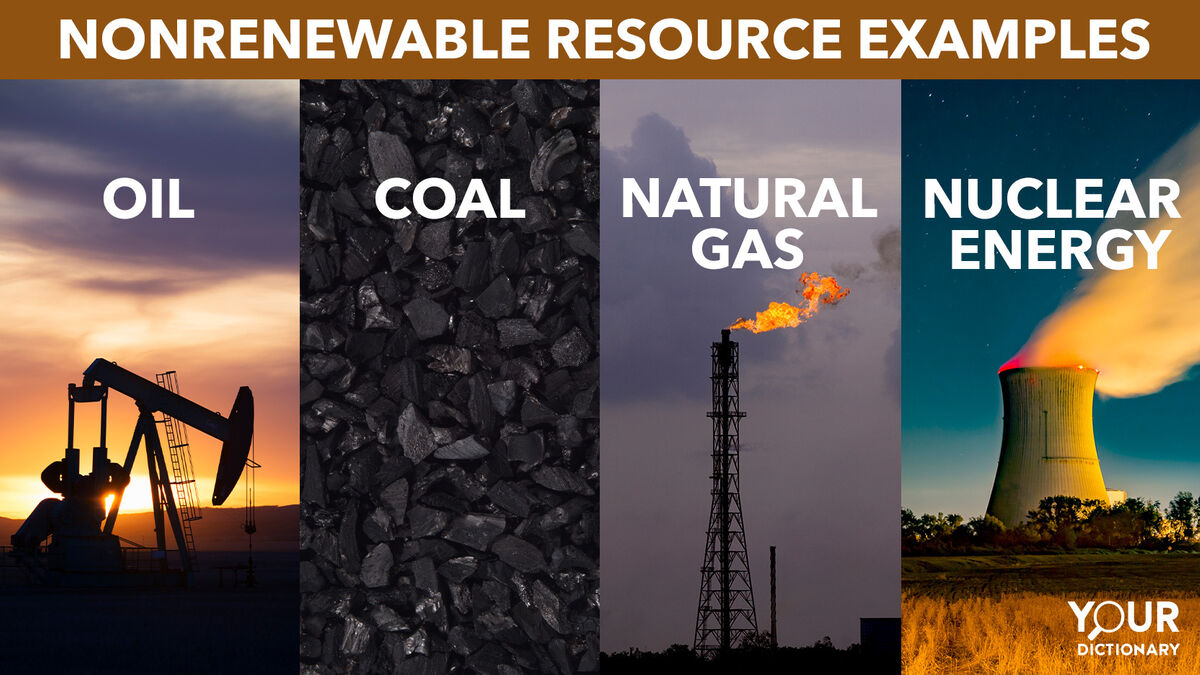
Non- Renewable
energy resources that cannot be replenished within a human timeframe, such as fossil fuels and nuclear energy.
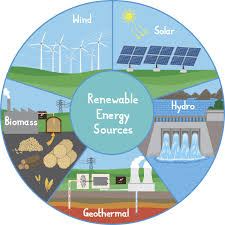
Renewable
Energy sources that are naturally replenished, such as solar, wind, and hydroelectric.
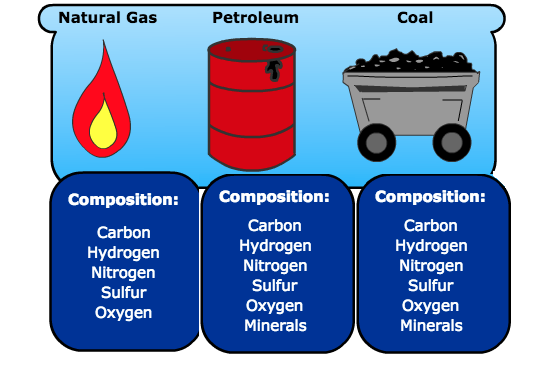
Fossil Fuels
energy sources derived from the remains of ancient organisms, including coal, oil, and natural gas. They are non-renewable and contribute to greenhouse gas emissions.
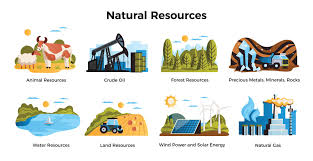
Resources
that are naturally replenished in a short time span, such as solar, wind, and hydro energy.

Extracted
from the Earth's crust or surface, fossil fuels are non-renewable sources of energy formed from the remains of ancient plants and animals.
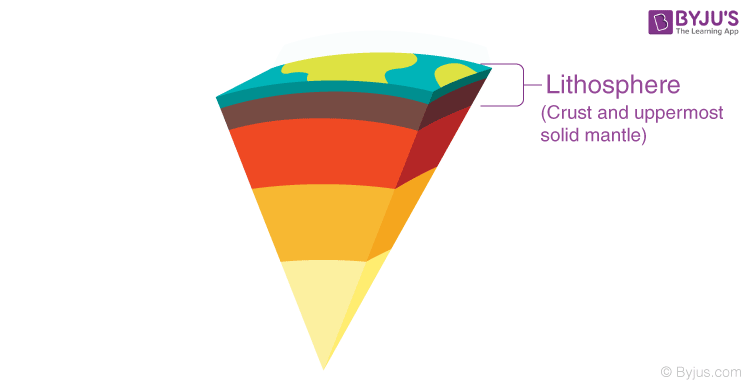
Lithosphere
the outer layer of the Earth, comprising the crust and upper mantle, where minerals and fossil fuels are found.

Crude Oil
a liquid fossil fuel formed from the remains of ancient marine organisms, used for energy and as a raw material in various products.
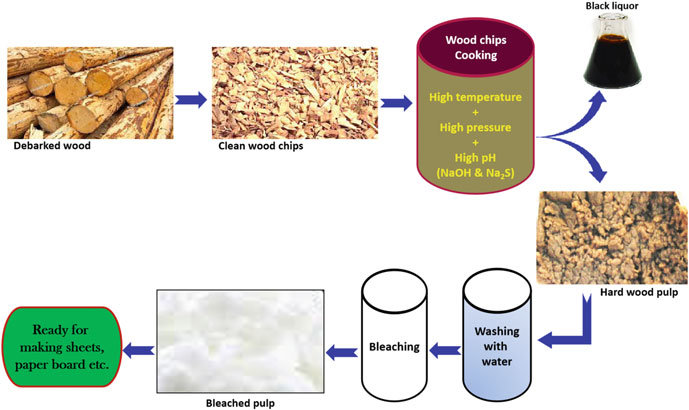
Wood Pulp
a raw material derived from trees, used in the production of paper and various products.

Natural Resource
Materials or substances occurring in nature that can be used for economic gain or resource extraction.
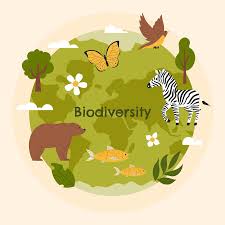
Biodiversity
the variety of plant and animal life in a particular habitat or on Earth as a whole, essential for ecosystem stability and resilience.